 2010 Nissan Qashqai I (J10, facelift 2010) Dimensions, Size & Specs
2010 Nissan Qashqai I (J10, facelift 2010) Dimensions, Size & SpecsMeasurements of the 2010 Nissan Qashqai I, engineered for optimal performance and comfort
| Dimensions | |
|---|---|
| Length: | 4330 mm170.5 in14.2 ft |
| Width: | 1780 mm70.1 in5.8 ft |
| Width (Opened Mirrors): | 2120 mm83.5 in7.0 ft |
| Height: | 1615 mm63.6 in5.3 ft |
| Trunk Capacity: | 410 liter14.5 cu ft |
| Trunk Capacity (Max): | 1513 liter53.4 cu ft |
| Weight Specifications | |
| Curb Weight: | 1297-1643 kg2859-3622 lbs |
| Maximal permitted Weight: | 1830-2100 kg4034-4630 lbs |
| Roof Load: | 75 kg165 lbs |
| Tire Specifications | |
| Rims Sizes: | 16-inch rims:
|
| Tire Sizes: |
|
The Nissan Qashqai I (J10) facelift, produced from 2010 to 2014, marks a significant evolution in Nissan's popular compact SUV lineup. This generation offers a well-rounded combination of practical dimensions, modern styling, and versatile utility that appeals to urban drivers and small families alike. The Qashqai measures 4330 mm (170.5 inches) in length, providing manageable urban maneuverability without compromising interior space. Its width stands at 1780 mm (70.1 inches), expanding to 2120 mm (83.5 inches) with mirrors open, and a height of 1615 mm (63.6 inches), giving the vehicle a commanding yet sleek road presence. Weighing between 1297 and 1643 kg (2861 to 3622 lbs), depending on variant and equipment, it offers a balanced blend between agility and stability.
Discover the standout features that make the 2010 Nissan Qashqai I a leader in its class
Have a question? Please check our knowledgebase first.
The Nissan Qashqai I (J10, facelift 2010) measures 4330 mm (170.5 inches) in length, with a width of 1780 mm (70.1 inches) excluding mirrors, and extends to 2120 mm (83.5 inches) with the mirrors open. Its height is 1615 mm (63.6 inches). These dimensions give the Qashqai a compact SUV profile, combining urban maneuverability with sufficient interior space.
The curb weight of the Nissan Qashqai I (facelift 2010) ranges between 1297 kg (2861 lbs) and 1643 kg (3621 lbs). This variation is influenced by engine options, drivetrain types, trim levels, and optional equipment fitted to the vehicle. Heavier models typically feature all-wheel drive or additional luxury features, while lighter versions are usually front-wheel drive with fewer accessories.
The maximum weight rating for the Nissan Qashqai I facelift ranges from 1830 kg (4037 lbs) to 2100 kg (4629 lbs), which is the combined weight of the vehicle, passengers, cargo, and fuel. This means that depending on the variant, the car can safely carry a load of up to approximately 533 kg (1175 lbs) beyond its curb weight. It's crucial to adhere to this limit to ensure safe handling and braking performance.
With rear seats in the upright position, the Nissan Qashqai I offers a luggage capacity of 410 liters (14.5 cubic feet), which provides practical space for everyday needs. When the rear seats are folded down, the capacity expands significantly to 1513 liters (53.4 cubic feet), allowing for larger or bulkier items to be transported, making it versatile for a variety of cargo requirements.
The roof load capacity of the Nissan Qashqai I (facelift 2010) is rated at 75 kg (165 lbs). This is a typical value for compact SUVs, suitable for carrying light roof racks, roof boxes, or sports equipment like bikes or skis. While it’s adequate for casual use, heavier loads should be avoided to maintain vehicle stability and safety.
The Nissan Qashqai I facelift supports several tire and rim size combinations for different trim levels and performance needs. Rim sizes include 6.5J x 16, 6.5J x 17, 6.5J x 18, and a 5.5J x 16 variant. Corresponding tire sizes are 215/65 R16, 215/60 R17, and 215/55 R18. These sizes balance ride comfort, handling, and aesthetics suitable for a compact SUV.
Yes, the Nissan Qashqai I (facelift 2010) generally fits into a standard residential garage, which typically accommodates vehicles up to about 2.4 meters (7.9 feet) in width and 2 to 2.2 meters (6.5 to 7.2 feet) in height. With its width of 1780 mm (70.1 inches) excluding mirrors and height of 1615 mm (63.6 inches), the Qashqai leaves ample space for door opening and maneuvering inside a standard garage. However, consideration must be given to the mirror width of 2120 mm (83.5 inches) if mirrors are not folded.
The 2010 facelift of the Nissan Qashqai I maintained much of the original J10 generation's dimensions since it was an update rather than a full redesign. The length remained around 4330 mm (170.5 inches), width about 1780 mm (70.1 inches), and height at 1615 mm (63.6 inches). The facelift focused more on aesthetic improvements and slight feature upgrades rather than significant size changes. Compared to the pre-facelift models (2007–2010), the dimensions are largely consistent, offering familiar interior space and exterior footprint.
The Nissan Qashqai I facelift (2010) fits well within the compact SUV segment. Its length of 4330 mm (170.5 inches) and luggage capacity of up to 1513 liters (53.4 cubic feet) with folded seats compete well against rivals like the Volkswagen Tiguan and Ford Kuga of the same era, which have slightly larger or comparable dimensions. The Qashqai’s moderate width and height strike a good balance between urban drivability and interior space. While some rivals may offer marginally larger cargo areas or more powerful engines, the Qashqai stands out for its efficient utilization of interior space and maneuverability.
The Nissan Qashqai I facelift introduced in 2010 brought refreshed styling cues including updated front and rear bumpers, revised headlights, and modernized interior elements for improved comfort and convenience. It continued to offer a range of gasoline and diesel engines, both front-wheel and all-wheel drive configurations, and emphasized safety with features such as electronic stability control and multiple airbags. The Qashqai I was noted for pioneering the compact crossover segment with a practical design, efficient fuel consumption, and SUV-like driving position, appealing to urban families and individuals seeking versatility without the bulk of larger SUVs.
Discover similar sized cars.
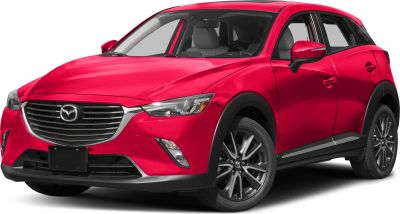
| Production: | 2015-2018 |
|---|---|
| Model Year: | 2015 |
| Length: | 4275 mm168.3 in |
| Width: | 2049 mm80.7 in |
| Height: | 1535 mm60.4 in |
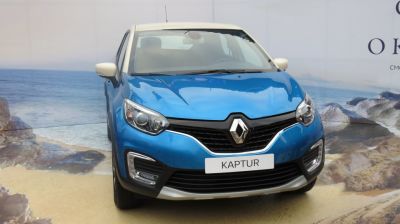
| Production: | 2016-2020 |
|---|---|
| Model Year: | 2016 |
| Length: | 4333 mm170.6 in |
| Width: | 1813 mm71.4 in |
| Height: | 1613 mm63.5 in |
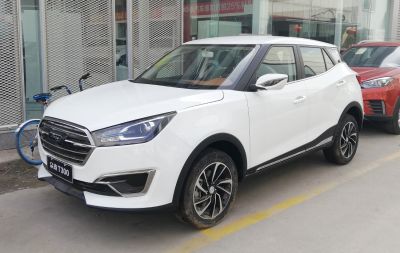
| Production: | 2017-present |
|---|---|
| Model Year: | 2017 |
| Length: | 4405 mm173.4 in |
| Width: | 1830 mm72.0 in |
| Height: | 1640 mm64.6 in |
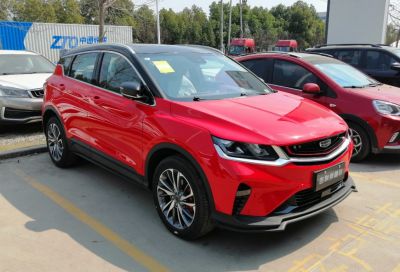
| Production: | 2018-2021 |
|---|---|
| Model Year: | 2018 |
| Length: | 4330 mm170.5 in |
| Width: | 1800 mm70.9 in |
| Height: | 1609 mm63.3 in |
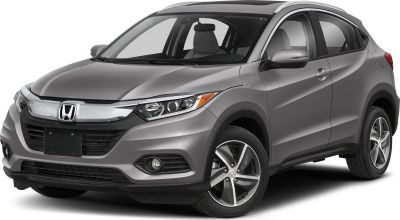
| Production: | 2018-2022 |
|---|---|
| Model Year: | 2018 |
| Length: | 4328-4346 mm170.4-171.1 in |
| Width: | 2019 mm79.5 in |
| Height: | 1605 mm63.2 in |
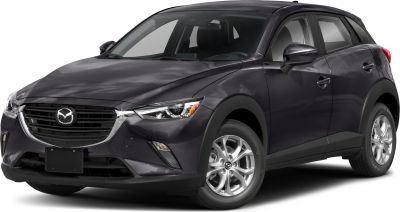
| Production: | 2018-present |
|---|---|
| Model Year: | 2018 |
| Length: | 4275 mm168.3 in |
| Width: | 2049 mm80.7 in |
| Height: | 1535-1545 mm60.4-60.8 in |

| Production: | 2019-2023 |
|---|---|
| Model Year: | 2019 |
| Length: | 4300 mm169.3 in |
| Width: | 1987 mm78.2 in |
| Height: | 1550 mm61.0 in |

| Production: | 2019-present |
|---|---|
| Model Year: | 2019 |
| Length: | 4282 mm168.6 in |
| Width: | 1748 mm68.8 in |
| Height: | 1557 mm61.3 in |
